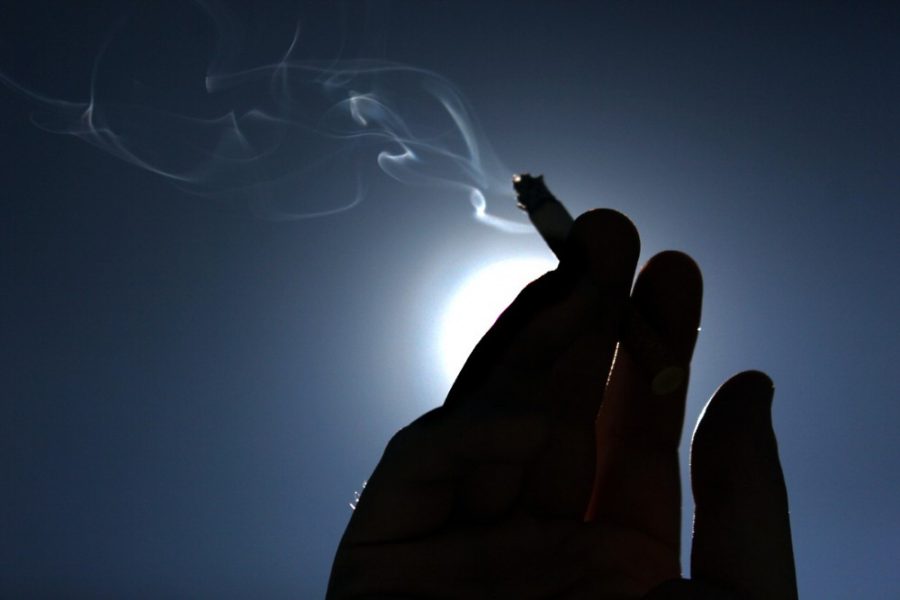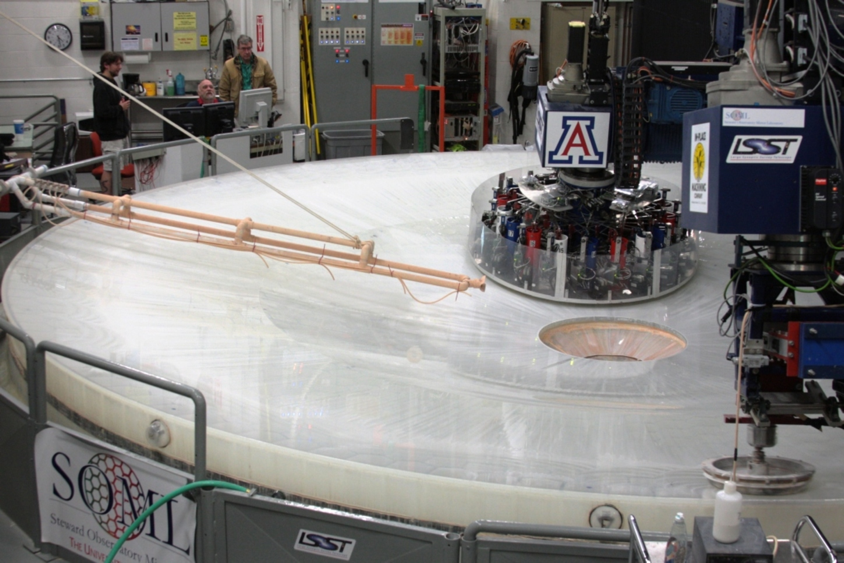Arizona failed three out of five categories in the American Lung Association’s annual “State of Tobacco Control” report this year, showing no improvement from their 2022 grades.
Arizona received an “F” for its funding of tobacco prevention programs. According to the ALA report, there is $17.7 million granted from the state and $1.7 million from the federal government for tobacco prevention funding. However, the Centers for Disease Control and Prevention recommends the state allocate $64 million for funding each year, meaning Arizona is less than one-third of the way there.
In an attempt to increase revenue for tobacco prevention programs, Arizona taxes tobacco products 9 cents more than the federal average but continues to not tax electronic cigarettes, which are an epidemic among youth and tally high revenue levels for the tobacco industry.
The ALA also gave the state an “F” for not banning or restricting flavored tobacco products, even though they are highly addictive and dangerous, especially for young people.
Meredith Berkman is the cofounder of the nationwide organization, Parents Against Vaping, and the goal of the organization is to “educate about the dangers of youth tobacco use but also the predatory nature of the tobacco industry.”
Berkman has advocated for the need for an FDA approved cessation method for young adults who want to quit vaping, and just as the numbers show from the ALA report, Arizona scores a “C” in funding for cessation relief methods.
While there are cessation methods such as nicotine replacement therapy and nicotine patches and gum, they are not always effective for vaping because of its highly addictive nature and accessibility.
“Once your nicotine receptors are activated, even if you quit, you could have quit 20 years ago, [but] that activation never really goes away,” Berkman said.
Parents Against Vaping offers resources for teens wanting to quit at parentsagainstvaping.org.
According to the University of Arizona Campus Health website, since August 2020 76% of UA students have not used e-cigarettes/JUUL/vape tobacco, and 88% of UA students have not used tobacco. However, Berkman assumes these numbers are not accurate.
“The National Youth Tobacco Survey has a different methodology because it was done during [COVID-19],” Berkman said. “You can’t compare the last two years of this survey to what the numbers were before. We know it’s rampant, and the numbers are not reflective.”
Campus Health at the UA offers resources for quitting as well as over the counter and prescription cessation aids. View their page at health.arizona.edu.
According to a report from Pima County: “School staff across the county report that e-cigarette and vape product use is disrupting class time and students’ education.” Pima County launched a campaign called the Real Deal on Vaping in an effort to reach the community.
Pima County offers resources for quitting at webcms.pima.gov.
According to the ALA report, Arizona also earned an “F” for its level of tobacco taxes. The tobacco industry spends nearly $123.7 million per year on marketing for tobacco products and earns over $400 million annually in Arizona alone.
The only area in which Arizona scored an “A” on was prohibiting smoking in the workplace.
The ALA calls for Arizona’s recently elected officials to take the following actions in the upcoming year:
- Enact a statewide tobacco retailer licensing system;
- Oppose all forms of statewide preemption for sales or use of tobacco products; and
- Increase state funding for tobacco prevention and cessation programs.
At a news conference at the Arizona State Capitol in January, recently elected Gov. Katie Hobbs said: “there’s a lot of efforts going on and I think my office would be supportive of things we can do to help make Arizonans healthier, tobacco use included.”
Follow Annabel Lecky on Twitter















